Consider all factors when choosing a Playsystem
When undertaking a new playground project, consider the following four, interconnected steps: funding and project criteria, playground design and equipment selection, playground construction, and playground maintenance. These are vital to the safety, durability and proper use of a playground.
To ensure the success of your project, choose one or more professionals in each area to assist you in making sound decisions. You may want to get the input of an engineer or architect to help with site development and pre-planning.
Whether you are purchasing and installing one playground or several, today’s playgrounds require more planning than we have ever seen. There are endless places to find information about providing the most fun for the children while still fulfilling federal and state requirements for playgrounds. A consultant can help you develop criteria within your budget and assist you with developing a risk management plan that incorporates standards and guidelines for playgrounds, specifically standards and guidelines from Consumer Protection Safety Commission (CPSC) and the ASTM International and most recently, the Americans with Disabilities Act (ADA).
In October 2000 the ADA Access Board issued its final ruling on Americans with Disabilities and Public Play Areas. Today’s playgrounds are designed and manufactured with the safety of kids in mind, however, making sure they are installed to be safe and maintained to stay safe is the responsibility of you, the playground owner.
To plan a safe playground, issues like age appropriateness, use zones, protrusions, entrapments, entanglements, head injury criteria, and impact attenuation need to be addressed. The list goes on.
With a little research, starting with this Buyer’s Guide, you will find good information about providing the most fun for the children you serve while keeping safety a top priority.
Playground manufacturers have representatives that can help you select equipment and materials needed to complete the entire project. These may include play structures, safety surfacing, borders, site amenities and interpretative signs. Many of today’s play equipment manufacturers offer products that are certified to meet ASTM standards.
During the selection process with your manufacturer’s representative, you will be choosing equipment and building materials that must meet CPSC guidelines, hold to ASTM standards as well as ADA requirements, which have become increasingly vital to safety and risk management over the last 20 years. Qualified and experienced building persons should install your playground play equipment. Within the construction industry, these people are called contractors. Be sure your contractor is licensed by your state, properly insured and certified with the National Playground Safety Institute (NPSI). NPSI is a certifying body that offers training courses and tests that teach professionals as well as laymen how to inspect playgrounds for specific safety hazards. NPSI certification courses are offered all over the United States.
Meet with your contractor upon completion and walk through the play area. They can address any concerns and supply you with a warranty, the manufacturer's paperwork, and a final inspection checklist. After your project is complete, your most active role as a playground owner begins.
To operate a safe play area, you will need to incorporate an inspection and maintenance program. Your contractor may offer this service or you may find contractors that specialize in playground maintenance. You may opt to do inspections and maintenance in-house. NPSI certification must be renewed every three years, as new safety issues and ways of addressing playground safety continue to change and develop.
Be sure to realize that children have little or no voice in the adult world of design and money. Think of the child when you have a playground project and use the resources available to ensure that your investment has the best in fun, safety and durability.


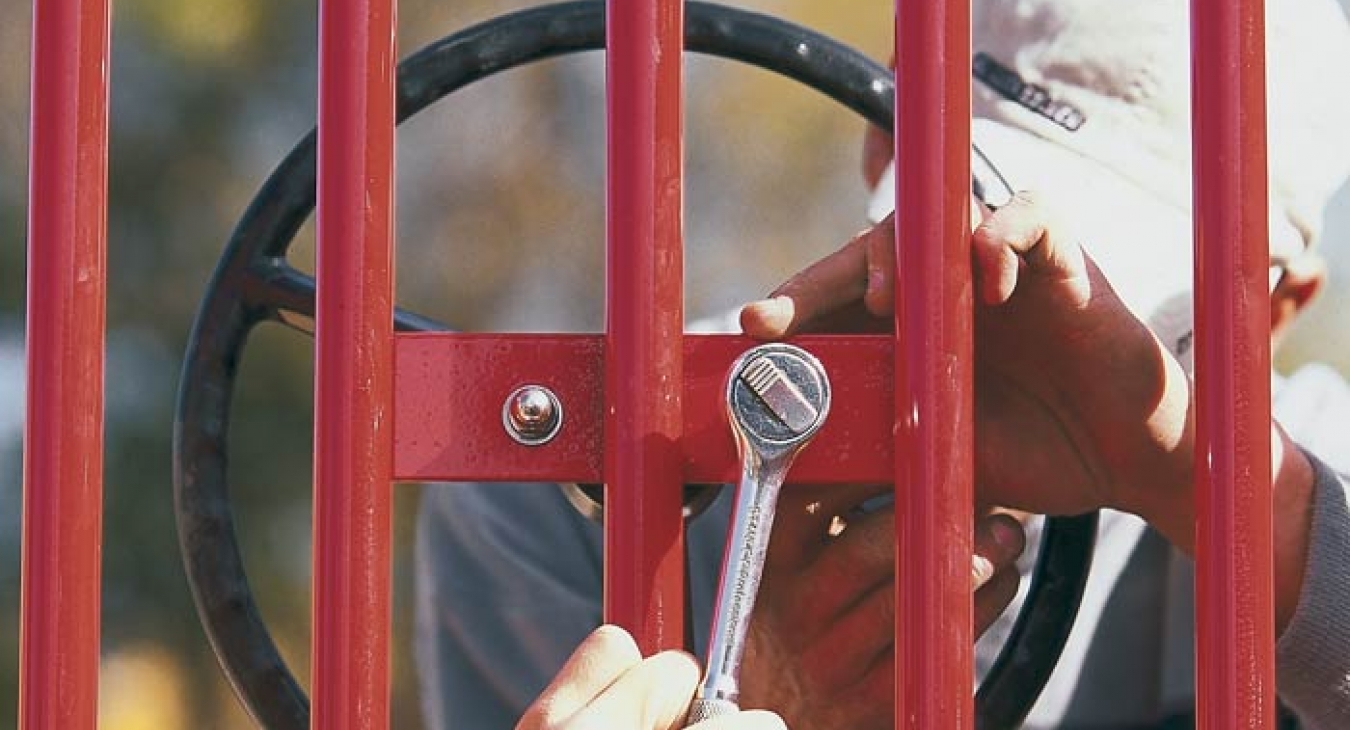
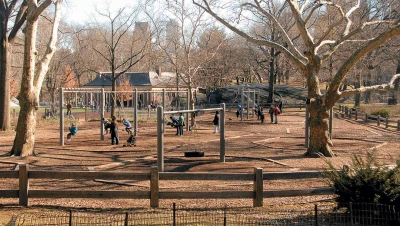
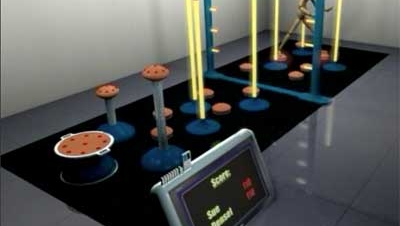
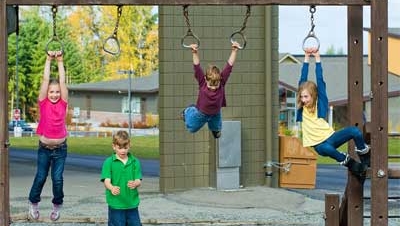





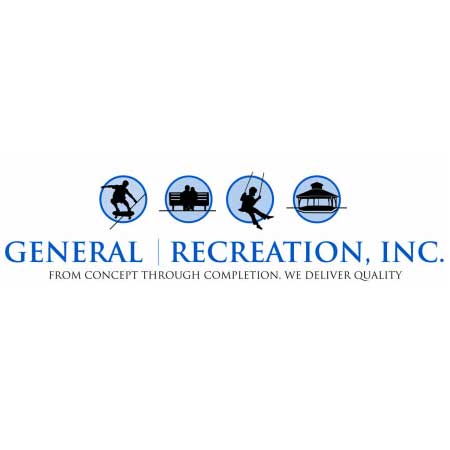



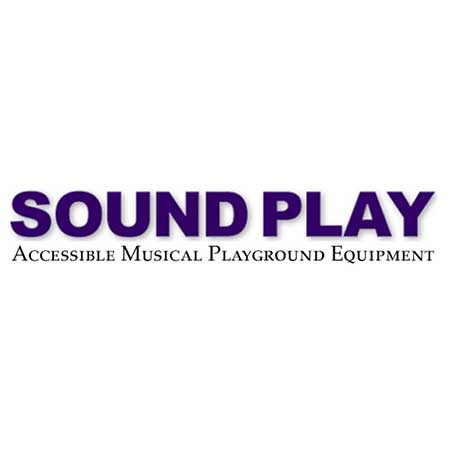
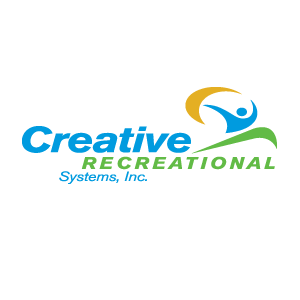


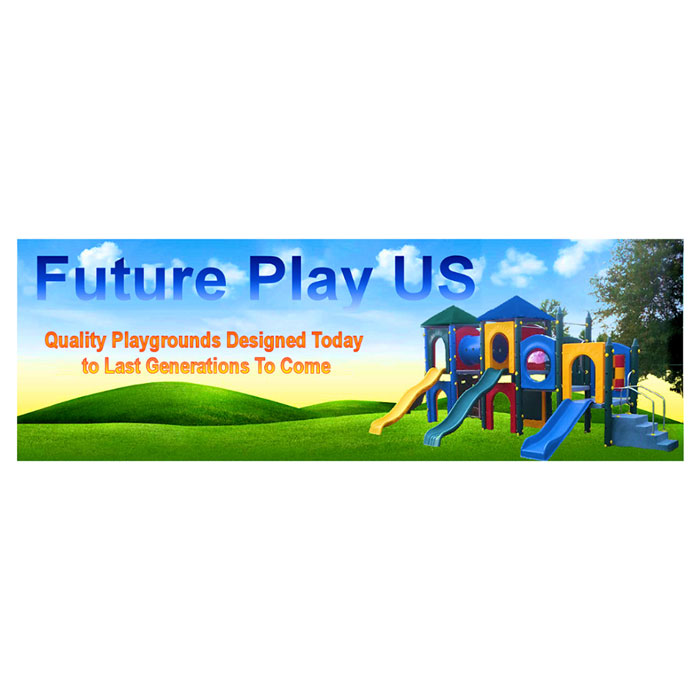
Add new comment